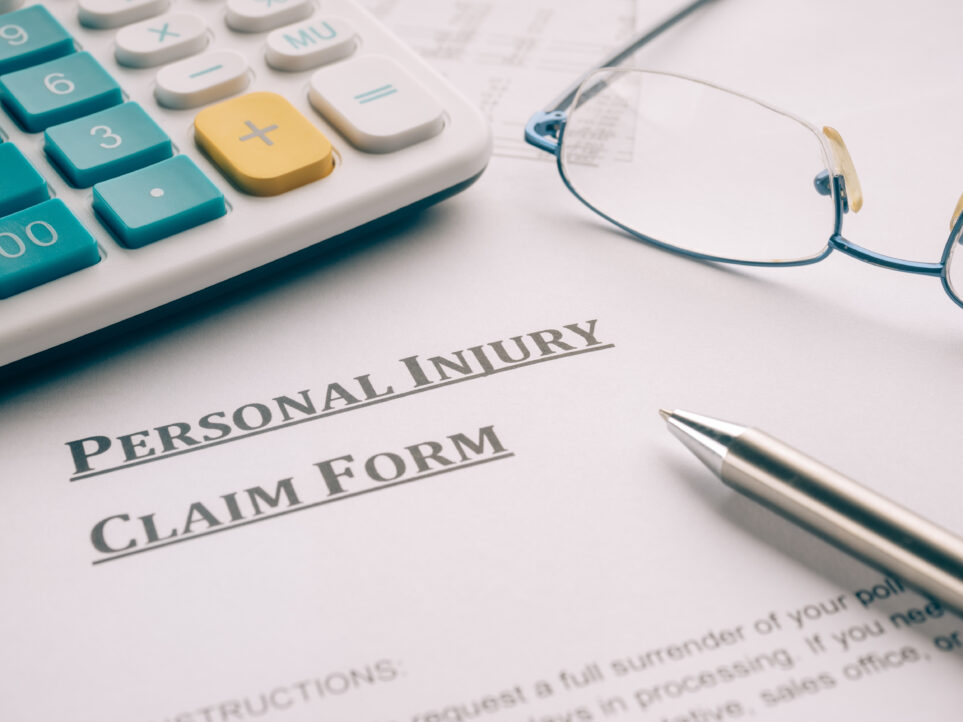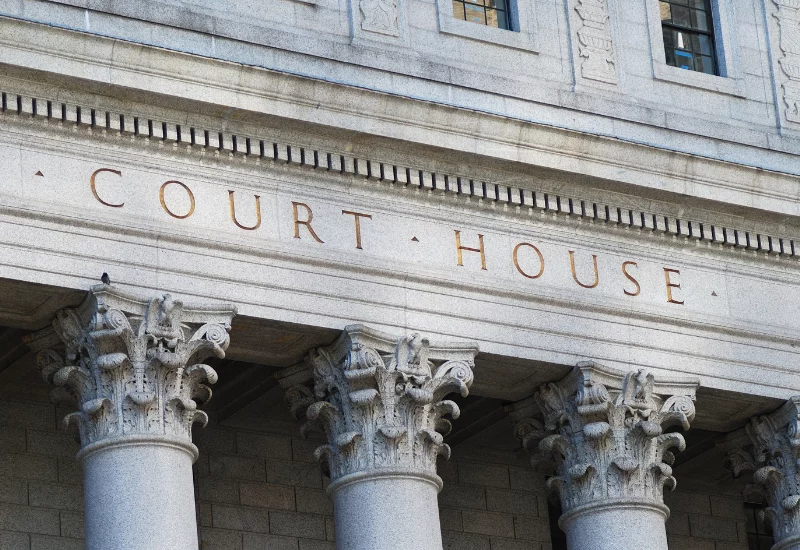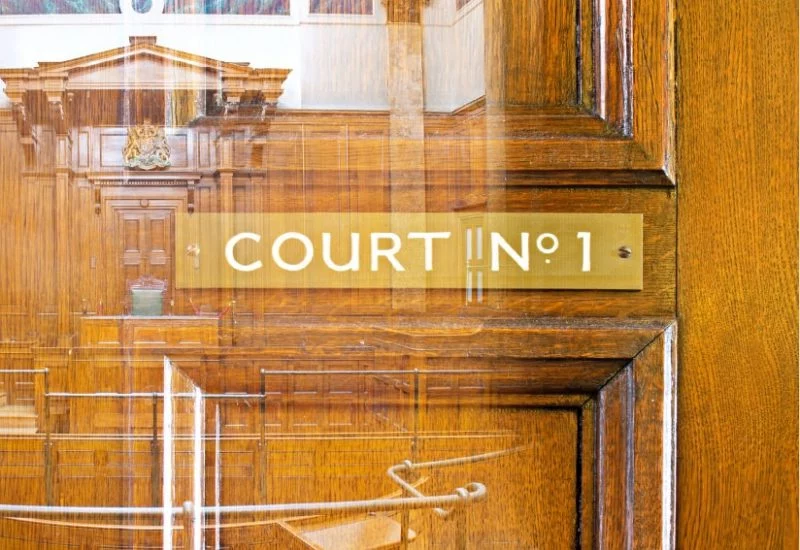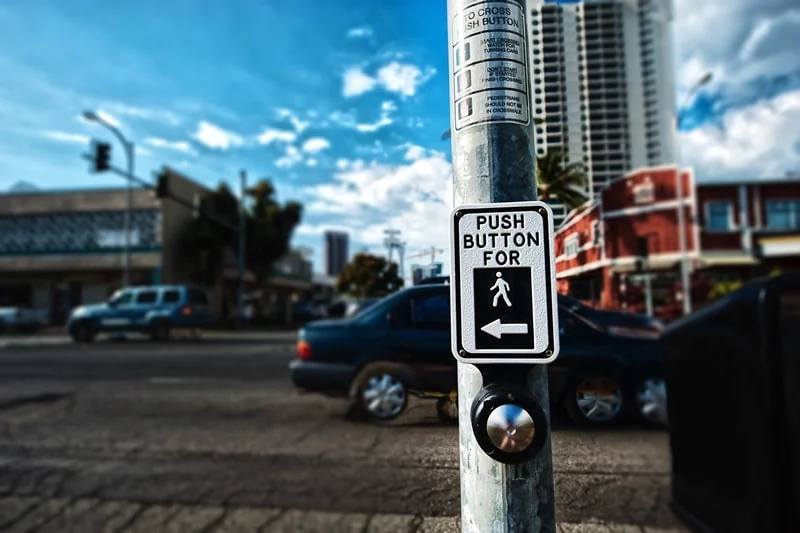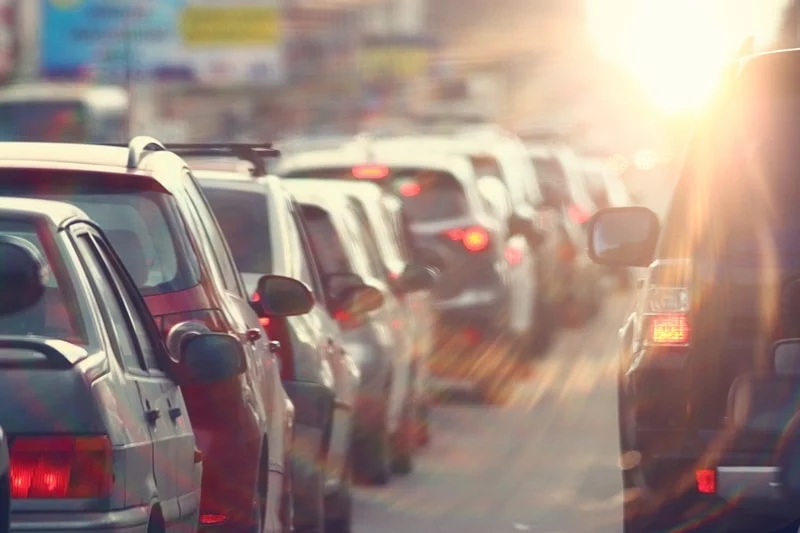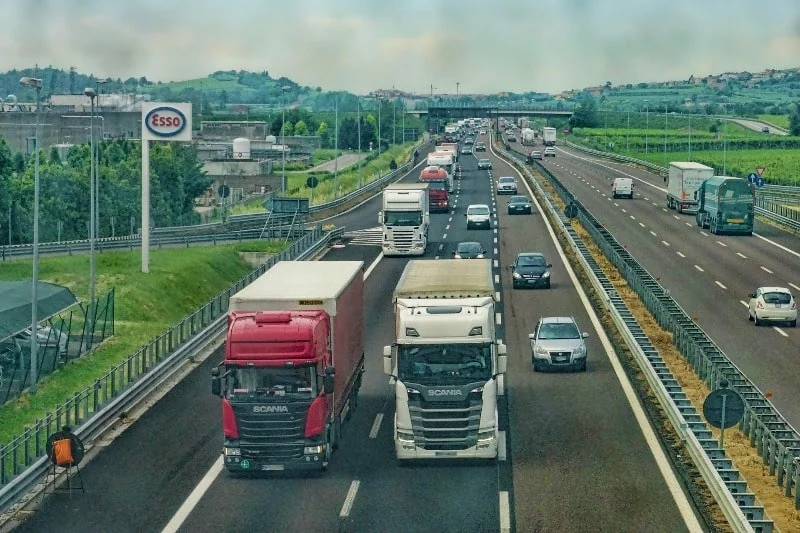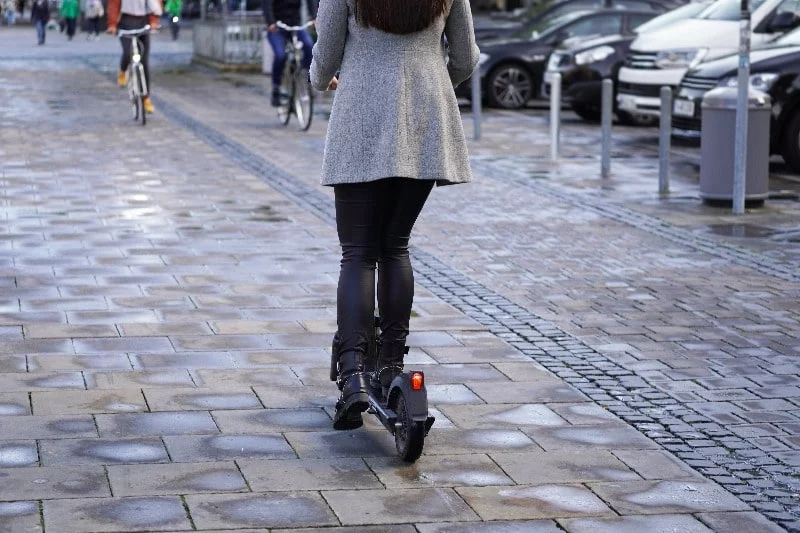Stakeholders Encouraged to Engage with Highway Code Review
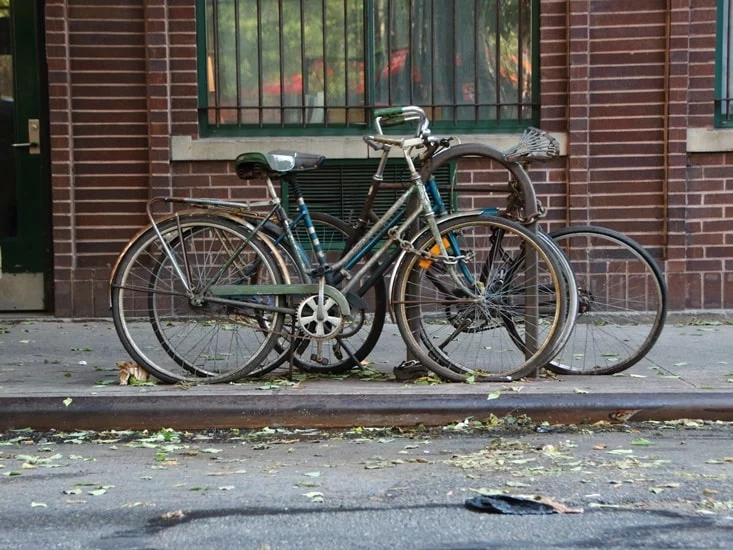
The Department for Transport has launched a consultation to review the Highway Code with the stated aim of improving safety for cyclists, pedestrians and horse riders. A link to the government consultation can be found here. The consultation closes on 27 October 2020.
There are three main changes proposed to the existing code. It is proposed that there be a new hierarchy of road users which ensures that those road users who can do the greatest harm have the greatest responsibility to reduce the danger or threat they pose to others. There is to be guidance on safe speeds and passing distances when overtaking horse riders and cyclists and to ensure that they have priority at junctions when travelling straight ahead. It is also intended to clarify existing rules on pedestrian priority on pavements and that drivers and riders should give way to pedestrians crossing or waiting to cross the road.
This process will impact on many interested parties. Whilst it is understood that the Highway Code is not law in itself, it is powerful and persuasive evidence of a breach of appropriate standards, and as such those who ignore the rules could find that they fall foul of traffic offences or that they will be considered to have been negligent when it comes to a civil claim. Some rules explain what you “should” do and are therefore advisory and some explain what you “must” do in which case they are backed up by separate legislation.
Some interested parties such as haulage companies and public transport operators will want to ensure that these proposals strike the right balance. The courts already approach cases on the basis that there is likely to be a higher burden on those road users who may do the greatest harm and they have developed the concept of “causative potency” as a result. However, a balance does need to be maintained. For example the current code does also recognise the need for road users to give large vehicles extra room.
Rule 221 for example states that large vehicles may need extra road space to turn or to deal with a hazard that you are not able to see. If you are following a large vehicle, such as a bus or articulated lorry, be aware that the driver may not be able to see you in the mirrors. Be prepared to stop and wait if it needs room or time to turn.
Rules 223 deals with buses, coaches and trams and states that you should give priority to these vehicles when you can do so safely, especially when they signal to pull away from stops. Look out for people getting off a bus or tram and crossing the road. Whilst greater protection for vulnerable roads users is to be welcomed it is to be hoped that this balance will be maintained.
Whatever your interest in these proposals it is advisable to take a look and engage by submitting your views here.
Kelvin Farmaner is a Partner and Head of the Insurance & Regulatory team and can be contacted on 023 8032 1000 or by email to [email protected].

